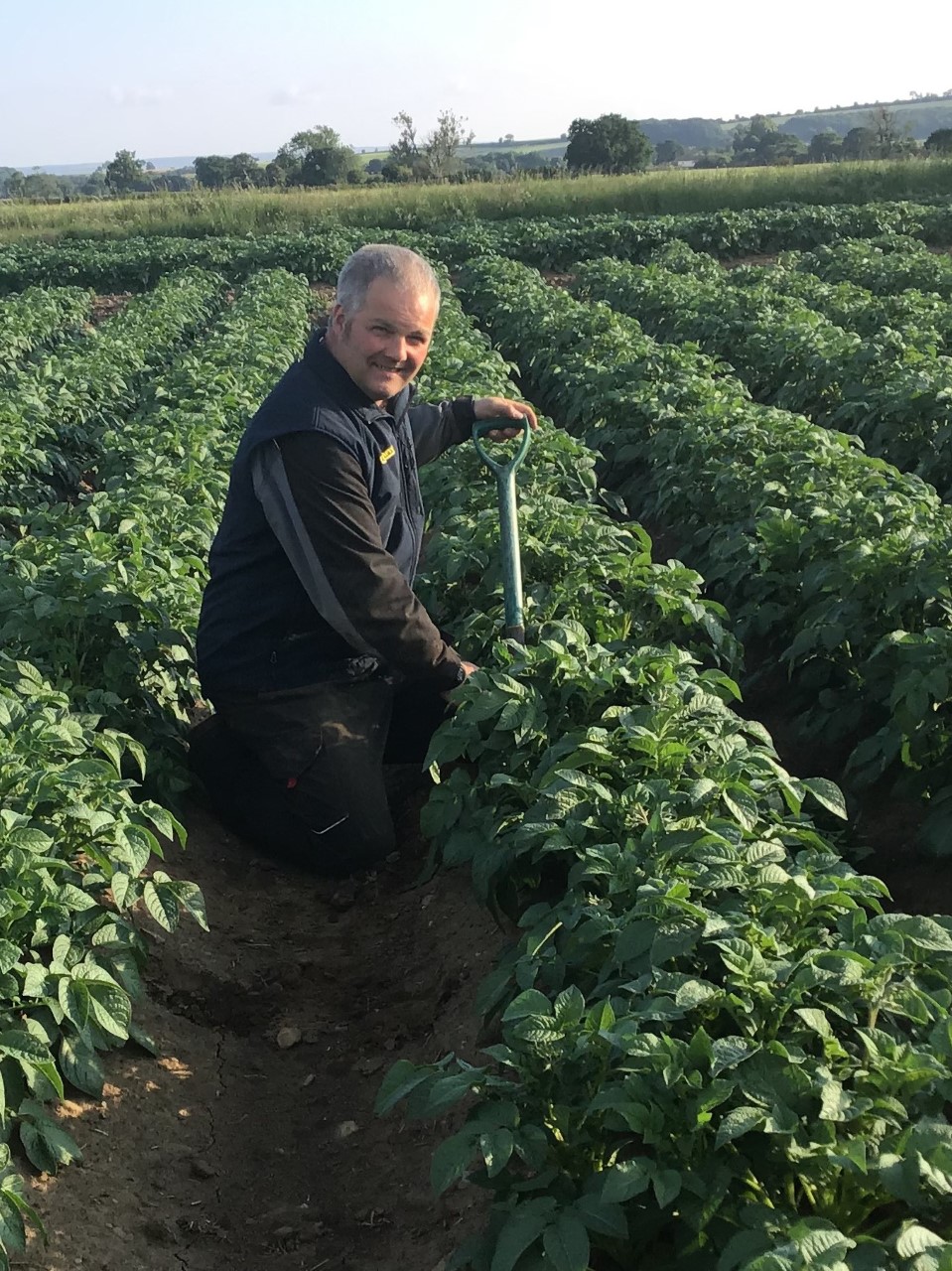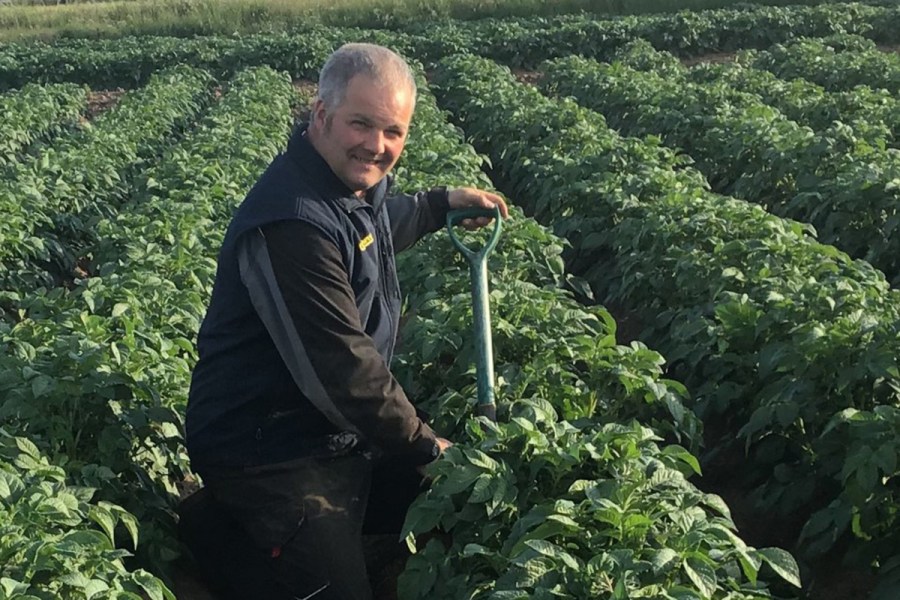 At a time when active ingredients are disappearing at an alarming rate, and soil movement is seen as some kind of environmental Armageddon, we must consider our options and one of those is regen potatoes and that means getting cover crops right.
At a time when active ingredients are disappearing at an alarming rate, and soil movement is seen as some kind of environmental Armageddon, we must consider our options and one of those is regen potatoes and that means getting cover crops right.
A bit of history. We started growing cover crops back in 2011, and quickly realised that early August sowing resulted in full flower in September, seed setting in October, and desiccation in November – that was no good as a soil protector over winter.
A late August sowing with high seed rate was better (very much so) particularly regarding soil protection but tended to create a thick mass that wind and sun struggled to get through in spring to dry the soil underneath. A compromise was needed, and a bit of old school reminiscence! As far as winter corn seed rates went, my late father always reckoned to sow ‘twelve stone in the middle of September, add half a stone a week after that’ – he was never far wrong.
With a large percentage of potatoes being grown on short-term let land, often sowing cover crops pre-September is reliant on wheat being cleared in time, which isn’t always possible in North Yorkshire, so adopting dad’s theory as a basic principle has worked pretty well. With a start of around 20 August and a three-week window, we commence direct drilling the covers with a meagre seed rate and increase about 10% a week up until 15 September, after which they become noticeably less effective – though we will often still sow a simpler mix of oats and beans up until 20 September rather than have no winter cover.
The point to note is what happens underground – it’s much more important than what happens above ground. We’ve tweaked the species mix to improve rooting diversity, winter survival and provide a non-chemical solution to nematode reduction. Our mixes vary depending on the individual farm’s rotation, but centre around Ethiopian white mustard, Defender radish, oats and either beans or winter vetch (we avoid beans where they are in the farm rotation as a cash crop, due to the risk of multiplying bean stem nematode).
How we deal with the cover crops has also been a learning curve. Originally, we would glyphosate and plough down, with muck if we had it, but that tended to result in an anaerobic layer of mulch under the planted bed that wasn’t much use to us, so a change in approach was called for.
After many years of dragging a Bomford Superflo through potato land, in 2014 we invested in a Simba TL (think Horsch Terrano) which has been a gamechanger for us. The vital pass is the first one, mixing the physical OM of cover crop residue, FYM and stubble into the top 15-17cm of soil before either a plough or flatlift. This gets the OM into the planted row, rather than buried in an aerobic layer underneath the bed, as it would be if just ploughed down. On bodied land, it also results in a dryer, more friable furrow, that needs far less subsequent cultivation to break it down. We do this a day or so in front of a plough or flatlift about a week pre-planting, then usually another TL pass is sufficient pre-ridging. The soil smells alive, like it might grow something!
Back in 2011 we were using a lot of nematicides and ridging with a bed tiller. We were re-tilling about half the area too – it was expensive. In 2021, we used a fraction of the nematicides and bed-tilled about a third of our potato area – mostly where over-winter stubble-based stewardship schemes prevent us from sowing a cover crop. Significant savings, healthier soil, yields maintained, and ultimately a payback for the cover crop investment.
We try to avoid glyphosate destruction where possible but will use it where grassweeds are prevalent. Rolling on a frost (-3⁰C is threshold) or topping if the cover crop is tall in a warm winter. We usually aim to have them knocked down about a month pre-planting, depending on the season.
Further improvement in returns have come from a higher saleable yield, due to less greens mostly, but also less rhizoctonia from healthier soil and by using a biostimulant in-furrow rather than azoxystrobin. Another added bonus is that harvesting is easier because the rows don’t tend to set, and the field travels better too. All from a bit of direct drilled cover!
So encouraged by ten years of experience in growing cover crops, we decided to give regen potatoes a go last season. I’ll tell you about that next month but for now suffice to say we learnt a lot and have another trial planned this time around.
Andrew Wilson is a fourth-generation tenant of the Castle Howard Estate in North Yorkshire.
He has a strategic approach to direct drilling on his varied soil types and grows a wide variety of crops. He’s passionate about the potato industry and having been utilising cover crops to reduce cultivation and chemical use since 2011, dipped his toe in the water of regenerative potatoes in 2021.




